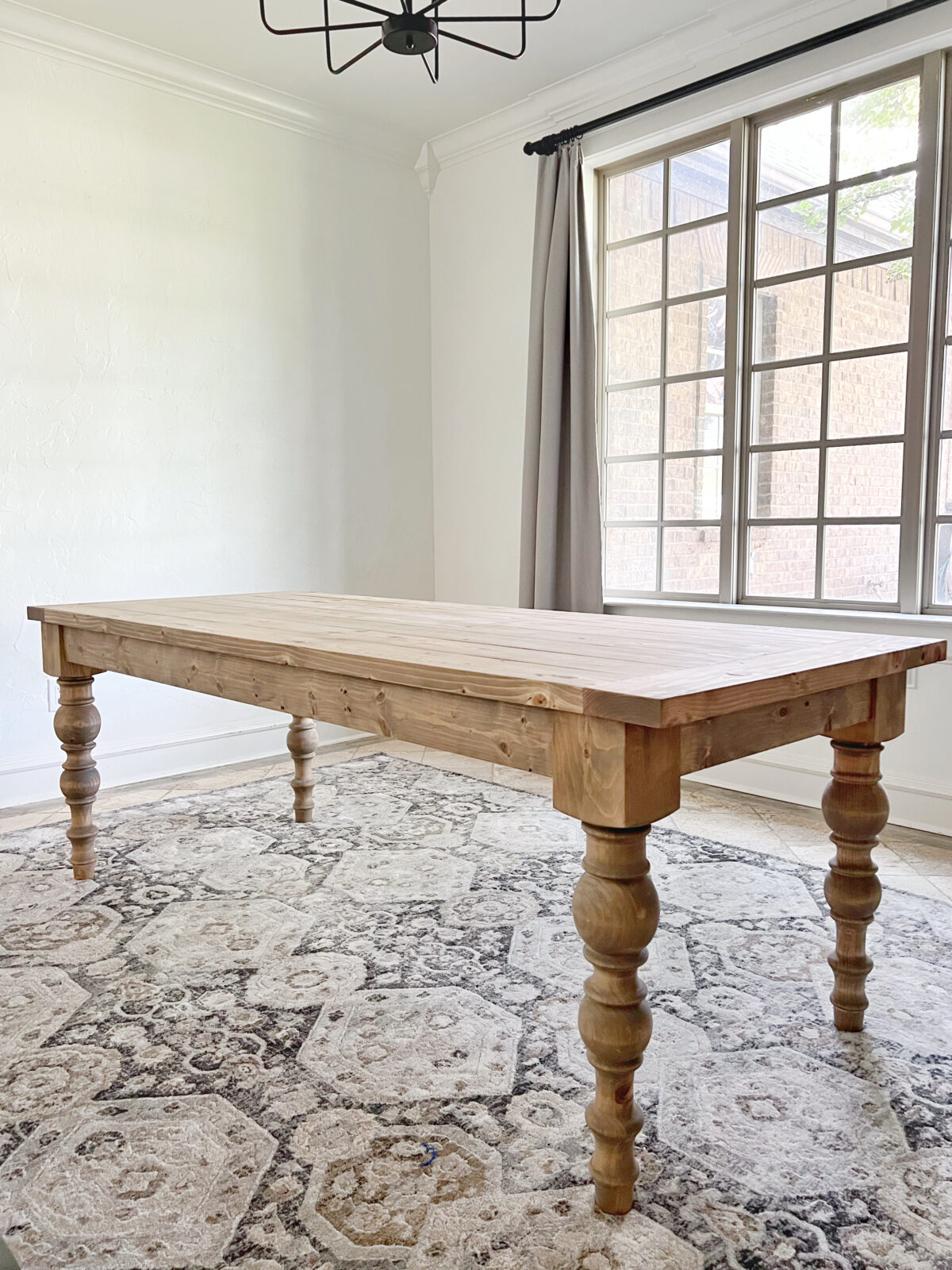Selecting the Perfect Eating Table: What Styles Job Best for Your Home?
Selecting the ideal eating table for your home can be a nuanced procedure that stabilizes visual appeals and performance. To browse these choices successfully and discover a table that truly matches your home, take into consideration the complying with aspects in information.
Analyzing Your Area
Reviewing the dimensions and format of your eating location is an important initial step in picking the ideal dining table. Begin by measuring the size and width of the space, making up entrances, windows, and other building attributes that can affect table placement. This makes certain that your table not only fits but also enables for comfy activity around it.
Consider the number of people you normally entertain. A table ought to accommodate your house's everyday demands while offering adequate versatility for occasional guests. Generally of thumb, assign a minimum of 24 inches of table width each to make certain a comfy dining experience.
It's likewise vital to maintain suitable clearance around the table. Ideally, there need to go to the very least 36 inches between the table edge and wall surfaces or various other furniture, allowing simple accessibility and movement. For areas where chairs with arms or extra storage space systems like buffets are involved, increasing this clearance to 48 inches is recommended.
Illumination and atmosphere play significant roles also. Ensure that your eating table lines up with existing lights components or plan for ample illumination options. This comprehensive spatial analysis guarantees that your dining table not only fits physically however also balances with your space's overall functionality and aesthetic.
Popular Table Styles

Traditional table typically include elaborate details, rounded legs, and abundant timber surfaces, evoking a sense of timeless beauty. They are ideal for homes with traditional decor or those looking to include a touch of elegance to their eating area.
Modern eating tables prioritize simpleness and tidy lines, often integrating products like glass and metal. These tables are excellent for contemporary areas, offering a sleek and uncluttered appearance that enhances minimalist layout philosophies.
Rustic table, on the other hand, highlight natural products and a handcrafted appearance - dining room table legs. They frequently include recovered timber and a distressed finish, producing a warm and welcoming ambience. These tables function well in farmhouse-style homes or those looking for a comfortable, organic feel
Industrial dining tables incorporate raw materials such as steel and timber, frequently showcasing an utilitarian aesthetic. This design is fit for lofts or city areas, including a touch of sturdy beauty and toughness to the eating experience.
Each design uses unique advantages, making it vital to choose one that aligns with your home's general style and your personal preferences.
Material Selections
When picking a dining table, the option of product plays an important role in figuring out both the table's aesthetic appeals and performance. Timber, steel, glass, and composite materials each offer unique advantages and difficulties, making it vital to align the product with your home's design and way of living demands.
Wood is an ageless and functional option, available reference in varieties such as oak, walnut, and mahogany. Recognized for its resilience and heat, wood matches both conventional and modern insides. It requires regular upkeep to avoid scratches and warping.
Metal tables, commonly crafted from stainless steel, light weight aluminum, or wrought iron, are praised for their contemporary appeal and toughness. They are particularly matched for commercial or minimal settings however can be vulnerable to dents and may really feel chilly to the touch.
Glass table bring an air of style and visibility, perfect for smaller sized areas as they create an illusion of even more space. While easy to tidy, glass can be prone to smudges and needs cautious dealing with to avoid chips and fractures.
Composite products, such as MDF and plywood, deal cost-efficient and customizable options, though go to the website they may do not have the durability of natural products. Selecting the ideal material guarantees your table is both a practical possession and an aesthetic joy.
Forming and Size Factors To Consider
After figuring out the appropriate product for your dining table, the next consideration is selecting the ideal shape and dimension to fit your space. On the other hand, round tables promote a sense of affection and are exceptional for smaller dining locations, urging conversation by look at this now getting rid of edges and making everyone really feel similarly included.
As a rule of thumb, designate at the very least 24 inches of table size per individual to make sure comfy eating. In addition, take into consideration the table's clearance area: there should be at least 36 inches in between the table edge and the walls or various other furnishings. Prolonging tables provide flexibility if you regularly hold larger celebrations, giving additional seating when required without occupying additional room daily.
Matching Your Decor
Picking an eating table that integrates with your existing style is crucial in developing a cohesive and inviting space. A sleek, minimal table with tidy lines is ideal for a modern home, while a vintage, luxuriant table matches a much more conventional setup.
Color and material are equally substantial. If your style features cozy tones and all-natural products, think about a wooden table to improve the natural feel. Conversely, a glass or steel table might be better in an area controlled by trendy shades and industrial aspects. Take notice of the finish, as it should mirror other furnishings and components to preserve harmony.
A rough-hewn, reclaimed wood table can add character to a rustic area, while a sleek marble surface area can elevate a lavish dining location. A well-matched eating table not just enhances aesthetic allure however likewise improves the general eating experience.

Conclusion
Choosing the excellent eating table demands cautious consideration of space, style, materials, shape, and size. Conventional tables enhance timeless insides with rich timber coatings, while contemporary tables fit modern settings with glass and metal.